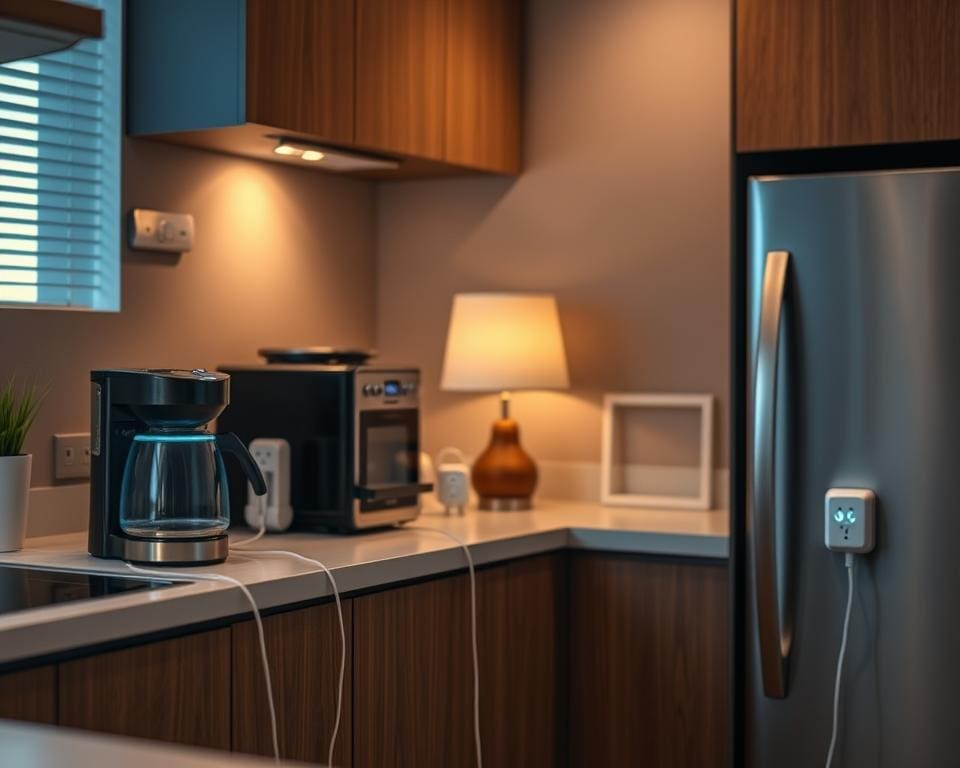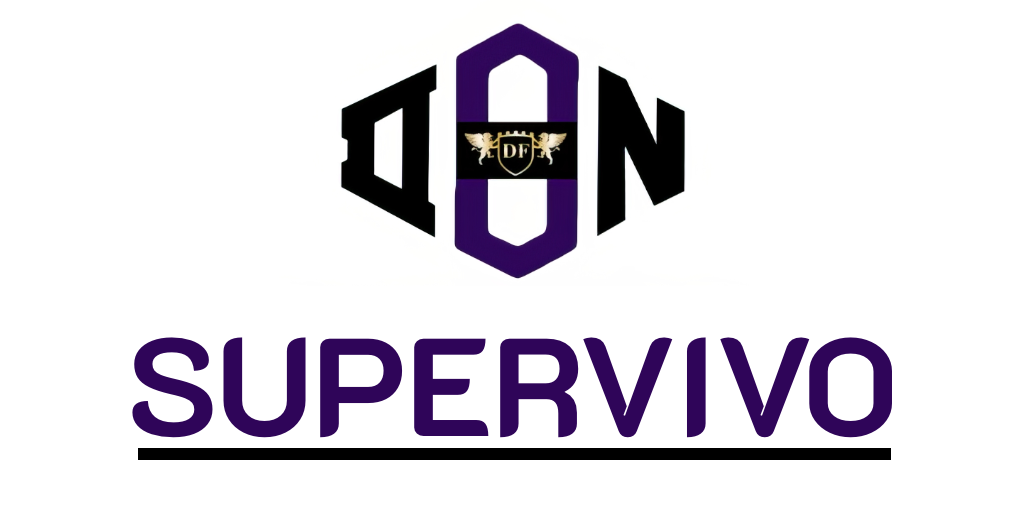In a world where technology increasingly shapes our daily lives, the emergence of Smart Plugs offers a remarkable opportunity to revolutionise how we interact with our home appliances. By integrating standard devices such as lamps, fans, and coffee makers into the realm of home automation, these innovative gadgets harness the power of the Internet of Things. With Smart Plugs, users can effortlessly control their electronics remotely, enhancing both convenience and energy efficiency.
Imagine being able to turn on your coffee maker from the comfort of your bed or ensure that your living room lights are off after you’ve left home. These smart gadgets not only simplify everyday tasks but also provide a pathway to greater energy management, allowing individuals to monitor and optimise their electricity usage effectively. The promise of a more intelligent home is well within reach, thanks to the capabilities of Smart Plugs.
What Are Smart Plugs?
Smart plugs represent a remarkable intersection of technology and convenience, enhancing the functionality of ordinary appliances. With the rise of smart home technology, the definition of smart plugs has become synonymous with effortless control and energy efficiency.
Definition and Overview
The core idea behind smart plugs is to enable users to transform standard electrical outlets into intelligent command centres. By bridging the gap between traditional devices and modern connectivity, these gadgets empower individuals to manage their household items using smartphones or smart speakers seamlessly.
How Smart Plugs Work
Understanding how smart plugs work reveals their immense potential. These devices use either Wi-Fi or Bluetooth to communicate with mobile applications, providing users with the ability to control devices remotely. This connectivity facilitates the on/off switching of appliances, scheduling tasks, and monitoring energy consumption effectively.
Key Features of Smart Plugs
The features of smart plugs vary by brand but typically include:
- Remote control of connected devices
- Energy consumption monitoring
- Scheduling and timer functions
- Compatibility with various smart home systems
- Voice control capability
Brands such as TP-Link, Wemo, and Amazon expand these functionalities with unique offerings like away mode and scheduling options that simulate user presence at home.

Smart Plugs: Turning Devices Into Smart Gadgets
Smart plugs represent a leap forward in making everyday appliances more efficient and user-friendly. With the ability to easily transform ordinary items into smart gadgets, they simplify our daily routines while enhancing our homes’ functionality. Let’s explore how these devices can revolutionise our interactions with existing appliances and integrate into broader home automation systems.
Transforming Everyday Appliances
By upgrading common items like heaters, fans, and lights, smart plugs enable users to manage their devices with greater intelligence. A familiar advantage involves turning a standard lamp into a smart lamp; this allows control via a mobile app or programming for automatic operation. This transformation into smart gadgets paves the way for convenient solutions and improved energy management in households.
Integration with Home Automation Systems
Seamlessly fitting into various home automation frameworks—such as Apple HomeKit, SmartThings, and IFTTT—smart plugs enhance user experience through interconnected devices. This integration fosters greater harmony among devices, enabling users to craft tailored scenarios where multiple transforming devices work collectively to create a more cohesive home environment.
Benefits of Using Smart Plugs
Smart plugs offer a variety of advantages that enhance not only your convenience but also your overall home energy management. Embracing these modern devices opens up new possibilities for a connected lifestyle, seamlessly integrating control and efficiency.
Enhancing Energy Efficiency
One significant benefit of smart plugs lies in their ability to boost energy efficiency. With features that monitor energy usage, users can gain insights into their consumption patterns. This awareness enables households to make informed decisions, reducing wastefulness by cutting off power to devices that are no longer in use. The cumulative effect of these small changes can translate to substantial savings on electricity bills.
Convenience and Remote Access
Smart plugs nicely encapsulate convenience with their remote access capabilities. Users can manage and monitor their appliances from virtually anywhere via a mobile app. This functionality proves especially useful for individuals with busy lifestyles, as it allows them to control devices even when away from home. Forgetting to switch off lights or unplugging appliances is no longer a concern, enhancing both ease of use and safety.
Voice Control Capabilities
Incorporating voice control into everyday tasks represents another compelling feature of smart plugs. Compatible with popular smart speakers, these plugs allow for hands-free operation. Users can simply issue commands to control devices, making it easier to multitask or when hands are full. This feature heightens the overall convenience quotient, enabling more fluid interactions within an increasingly automated home.
Popular Smart Plug Brands
With a multitude of Smart Plug Brands on the market, distinguishing the right one can seem daunting. Leading Smart Plugs provide unique features that cater to various needs and preferences. Understanding these options helps in making a well-informed choice.
Comparing Leading Options
Recognised brands such as TP-Link, Wemo, and Belkin stand out for their reliability and user-friendly interfaces. The TP-Link Kasa Smart Wi-Fi Plug is particularly notable due to its intuitive setup process and broad compatibility with numerous smart home systems. Evaluating the performance and reviews of these brands reveals much about their standing in the market.
Choosing the Right Smart Plug for Your Needs
When choosing Smart Plugs, several crucial factors come into play. Compatibility with existing devices should be a priority. Energy monitoring features add further benefits, allowing users to track their usage effectively. Additionally, considering size in relation to outlet space is important to ensure a seamless fit. Brand reputation plays a significant role in this decision-making process, as opting for well-established brands can enhance user satisfaction. Understanding individual usage patterns and specific feature requirements will fortify the decision for the most suitable smart plug.
Setting Up Your Smart Plug
Setting up Smart Plugs is a simple process that can be accomplished by most users without any technical expertise. Begin by plugging the smart plug into an available wall outlet, ensuring it is securely connected. This initial step paves the way for an effortless installation of Smart Plugs in your living space.
Next, follow the manufacturer’s specific instructions to ensure a smooth experience. Typically, this involves downloading the relevant app, such as Kasa Smart for TP-Link devices or the Wemo App for Belkin products. Once the app is downloaded, create an account or log in, and connect the smart plug to your Wi-Fi network through the app. This connection is vital for enabling the smart functionalities.
After a successful connection, you can label your smart plug for easy identification—options could range from “living room lamp” to “kitchen coffee maker.” With the smart plug set up, feel free to explore automations and schedules according to your preferences. This Smart Plug Setup Guide illustrates just how straightforward it can be to enhance your home with smart technology, inviting comfort and convenience into your daily routine.









